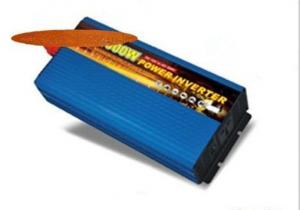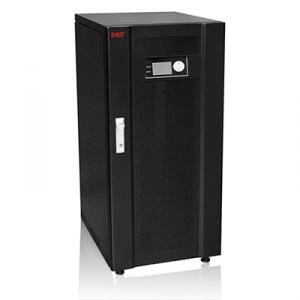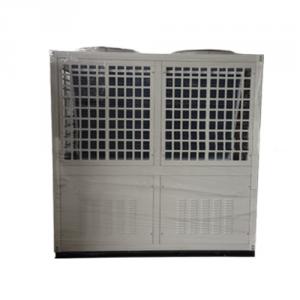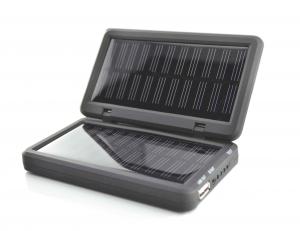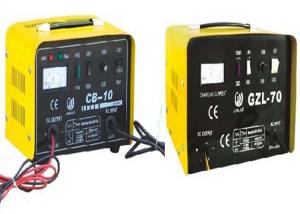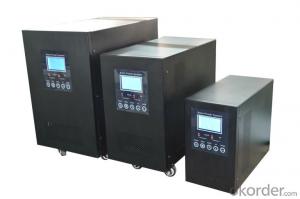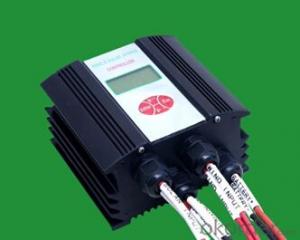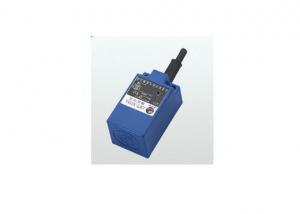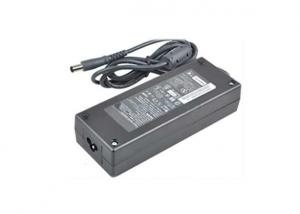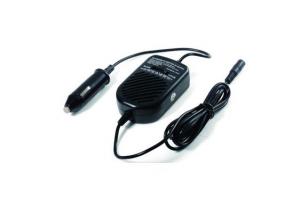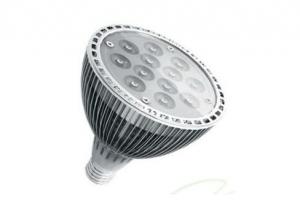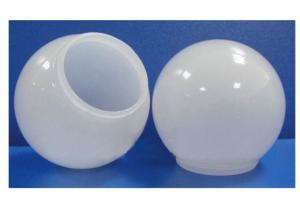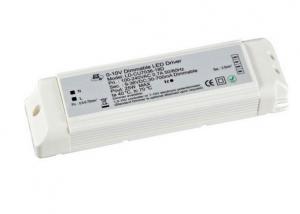Power Inverter Solar Charger
Power Inverter Solar Charger Related Searches
Inverter Battery Solar Charger Inverter Charger Solar Solar Charger Inverter Power Inverter Solar Power Solar Power Inverter Charger Solar Inverter Charger Power Inverter Solar Power Solar Inverter Inverter Solar Inverter Inverter Charger Solar System Solar Inverter Inverter Inverter Power Solar Hybrid Inverter Charger Solar Inverter Solar Controller Solar Energy Power Inverter Solar Controller Inverter Solar Converter Inverter Solar Charger For Inverter Solar Charge Inverter Battery Inverter Solar Charge Inverter Battery Solar Solar Inverter Charger 12v Solar Inverter Solar Panel Solar Power Battery Inverter Solar Charger With Inverter Inverter With Solar Charger Solar Solar Inverter Solar Inverter Chargers Power Inverter Solar Panel Solar Power Plant InverterPower Inverter Solar Charger Supplier & Manufacturer from China
Power Inverter Solar Chargers are innovative devices that combine the functionality of a solar charger with an inverter, allowing users to harness solar energy and convert it into usable power for various electronic devices. These products typically consist of a solar panel, an inverter, and a battery, making them a compact and portable solution for charging and powering devices off the grid.The Power Inverter Solar Charger is widely used in various scenarios where access to electricity is limited or unavailable. It is particularly useful for camping, outdoor adventures, and emergency situations where a reliable power source is needed. This product can charge smartphones, laptops, tablets, and other electronic devices, ensuring that users stay connected and powered up even in remote locations.
Okorder.com is a leading wholesale supplier of Power Inverter Solar Chargers, offering a vast inventory of high-quality products to cater to the needs of various customers. With a commitment to providing reliable and efficient solar power solutions, Okorder.com ensures that their Power Inverter Solar Chargers are equipped with the latest technology and are designed to withstand the demands of outdoor use.
Hot Products




















